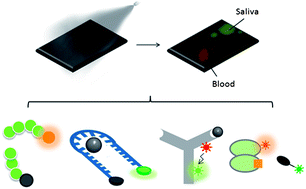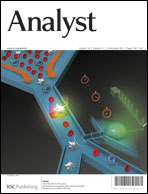Enabling fluorescent biosensors for the forensic identification of body fluids
Abstract
The search for body fluids often forms a crucial element of many forensic investigations. Confirming fluid presence at a scene can not only support or refute the circumstantial claims of a victim, suspect or witness, but may additionally provide a valuable source of DNA for further identification purposes. However, current biological fluid testing techniques are impaired by a number of well-characterised limitations; they often give false positives, cannot be used simultaneously, are sample destructive and lack the ability to visually locate fluid depositions. These disadvantages can negatively affect the outcome of a case through missed or misinterpreted evidence. Biosensors are devices able to transduce a biological recognition event into a measurable signal, resulting in real-time analyte detection. The use of innovative optical sensing technology may enable the highly specific and non-destructive detection of biological fluid depositions through interaction with several fluid-endogenous biomarkers. Despite considerable impact in a variety of analytical disciplines, biosensor application within forensic analyses may be considered extremely limited. This article aims to explore a number of prospective biosensing mechanisms and to outline the challenges associated with their adaptation towards detection of fluid-specific analytes.


 Please wait while we load your content...
Please wait while we load your content...